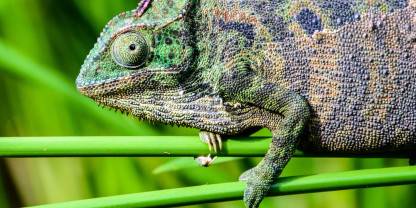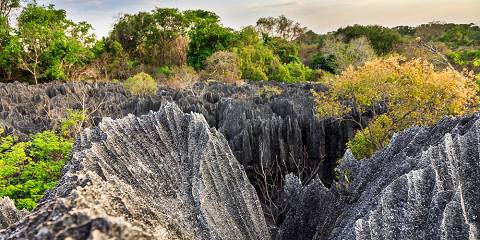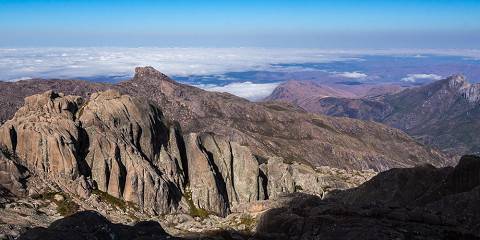Ranomafana National Park (Parc National de Ranomafana) is one of the most biodiverse areas in Madagascar and it was listed as a Unesco World Heritage Site in 2007. The park was created to protect the golden bamboo lemur, which was first discovered here in 1986. It is home to another 12 lemur species, including the striking black-and-white ruffed lemur, which is also Critically Endangered. Many guided hikes are available, ranging from an easy two-hour stroll to overnight camping trips.

-
Best Time To Go
- April, May, September, October and November (Mild weather, fewer rainy days)
-
High Season
- July, August and December holidays (The park is busy)
-
Size
- 405km² / 156mi²
-
Altitude
-
611-1,330m /2,005-4,364ft
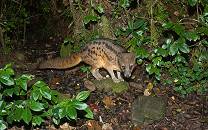 View Photos
View Photos
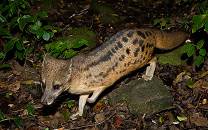 View Photos
+22
Photos
View Photos
+22
Photos
Pros & Cons
- Ranomafana is very accessible
- The park is home to 13 lemur species
- There is a large network of trails
- Lush rainforest is a feature
- Kayaking is available
- Mid-altitude rainforest is often cold and wet
- The terrain is steep and slippery
- Most lodges are on a main road and in the village
Wildlife
Ranomafana is home to seven lemur species that are active in the daytime. These are Milne-Edwards’s sifaka, black-and-white ruffed lemur, red-bellied lemur, red-fronted brown lemur and golden, greater and grey bamboo lemurs. There are many chameleons and frogs, which are most easily spotted at night. This is one of the best places to see the bizarre, suitably named giraffe-necked weevil.
More about Ranomafana’s wildlifeScenery
The mid-altitude rainforest of Ranomafana spreads out over some steep slopes on either side of the valley of the Namorona River. The hilly terrain can make hiking more challenging, but you’ll get good views into the canopy. A main road follows the river through the valley and gives access to a spectacular waterfall that is a scenic highlight in the area.
Activities
The best way to explore Ranomafana is on foot. Guided walking trails from the park headquarters come with a great chance of spotting several lemur species and a variety of forest birds. The main road that runs through the park is also good for bird watching. More ambitious is the 28km/17mi Circuit de Soarano, an overnight hike that entails camping in the forest. Enjoyable guided three-hour kayaking trips on the Namorona River can also be rewarding for spotting birds and possibly other wildlife.
Weather & Climate
Ranomafana has a mild to warm climate with high rainfall. The Wet season (November to April) has average daytime temperatures of 26°C/79°F with high humidity. During the cooler Dry season (May to October), daytime temperatures average 22°C/72°F and nights get as cold as 8°C/46°F in July.
More about the weather and climateBest Time To Visit
Ranomafana can be visited throughout the year. However, January to March is cyclone season and these months might be too wet to enjoy activities. The shoulder months of April, May, September, October and November are particularly nice as the weather is mild and there isn’t too much rain. Animals, including reptiles, that are less easy to spot in the cold dry months of June to August, are active during this time. In October and November many lemurs have babies.
More about the best time to visit
